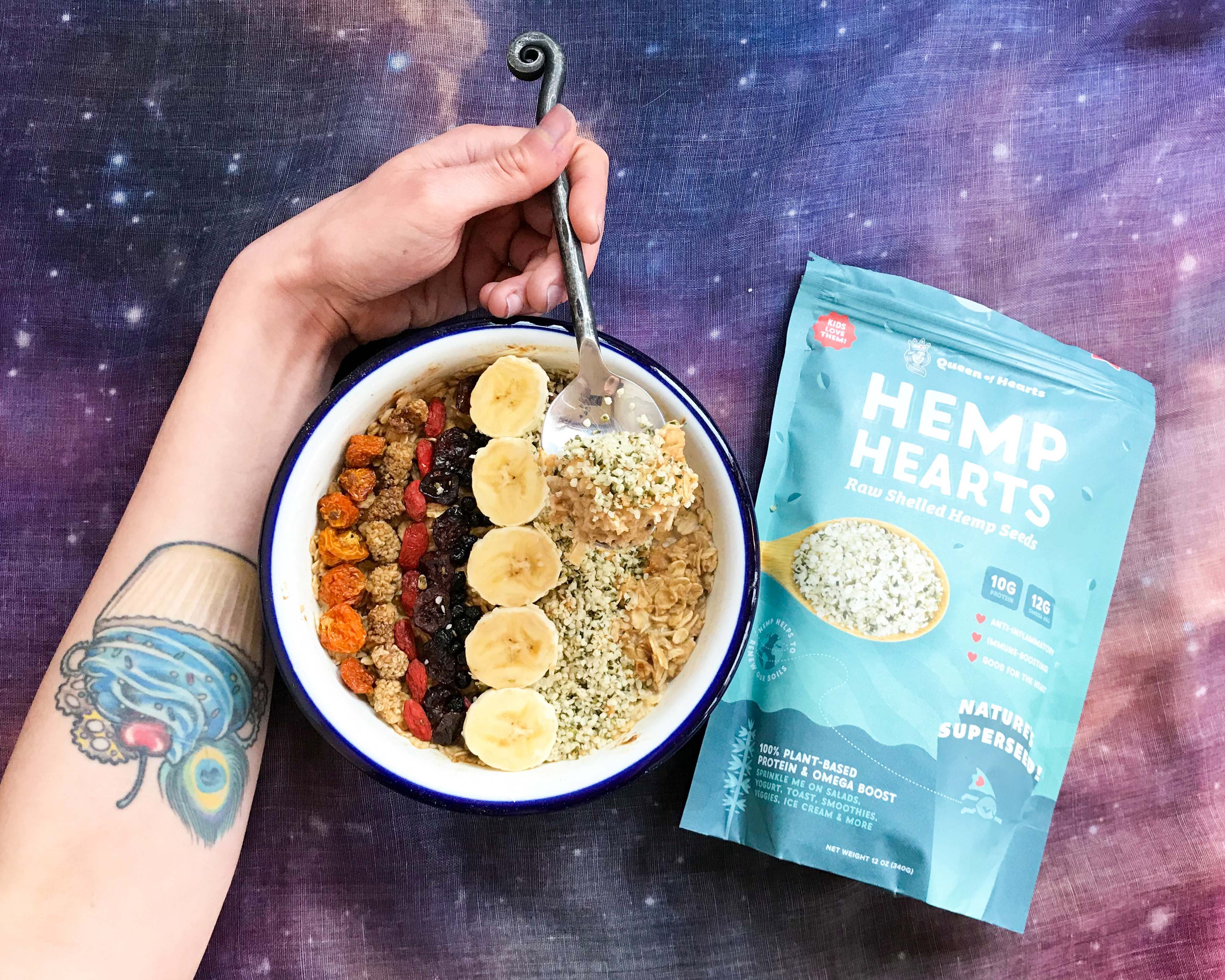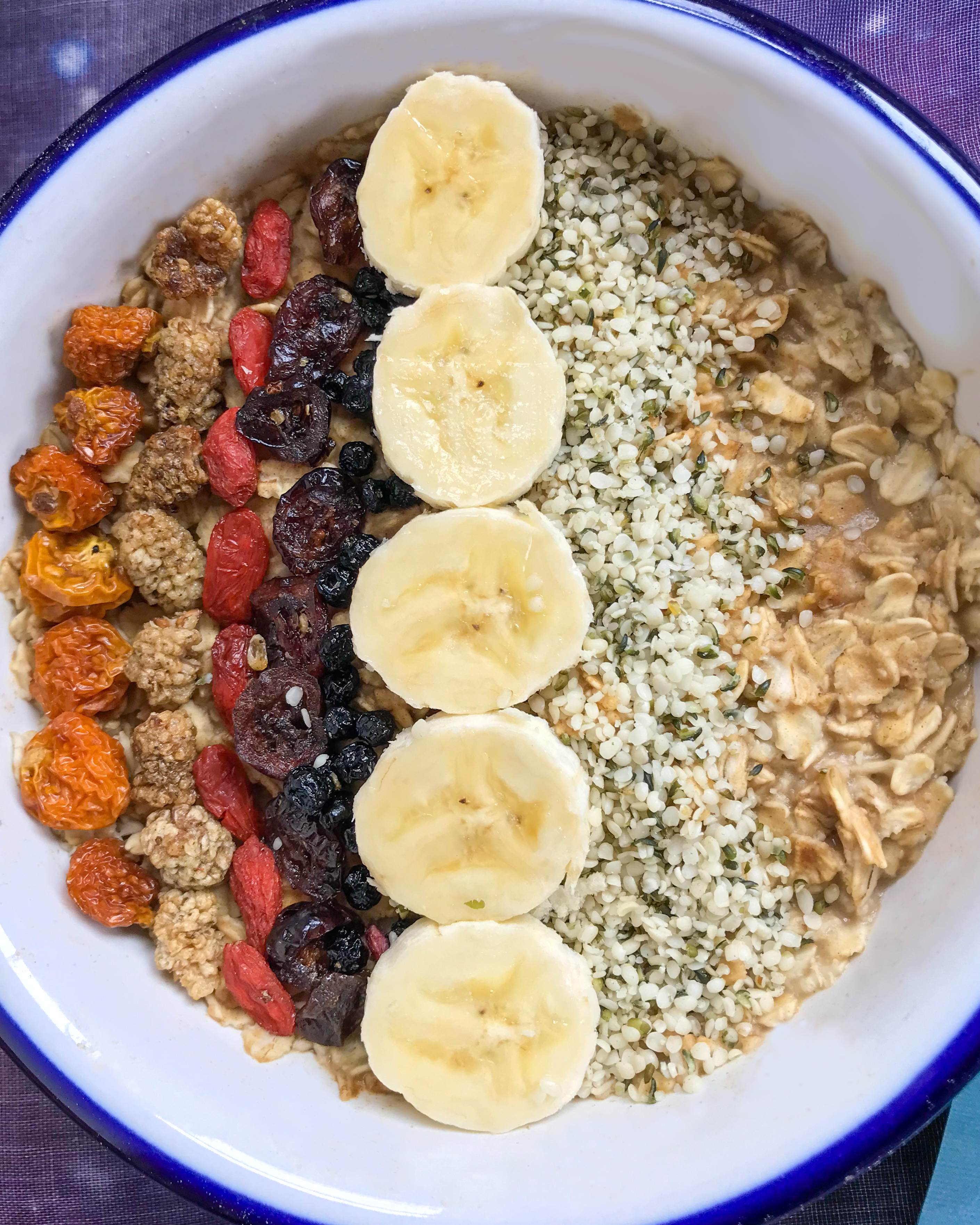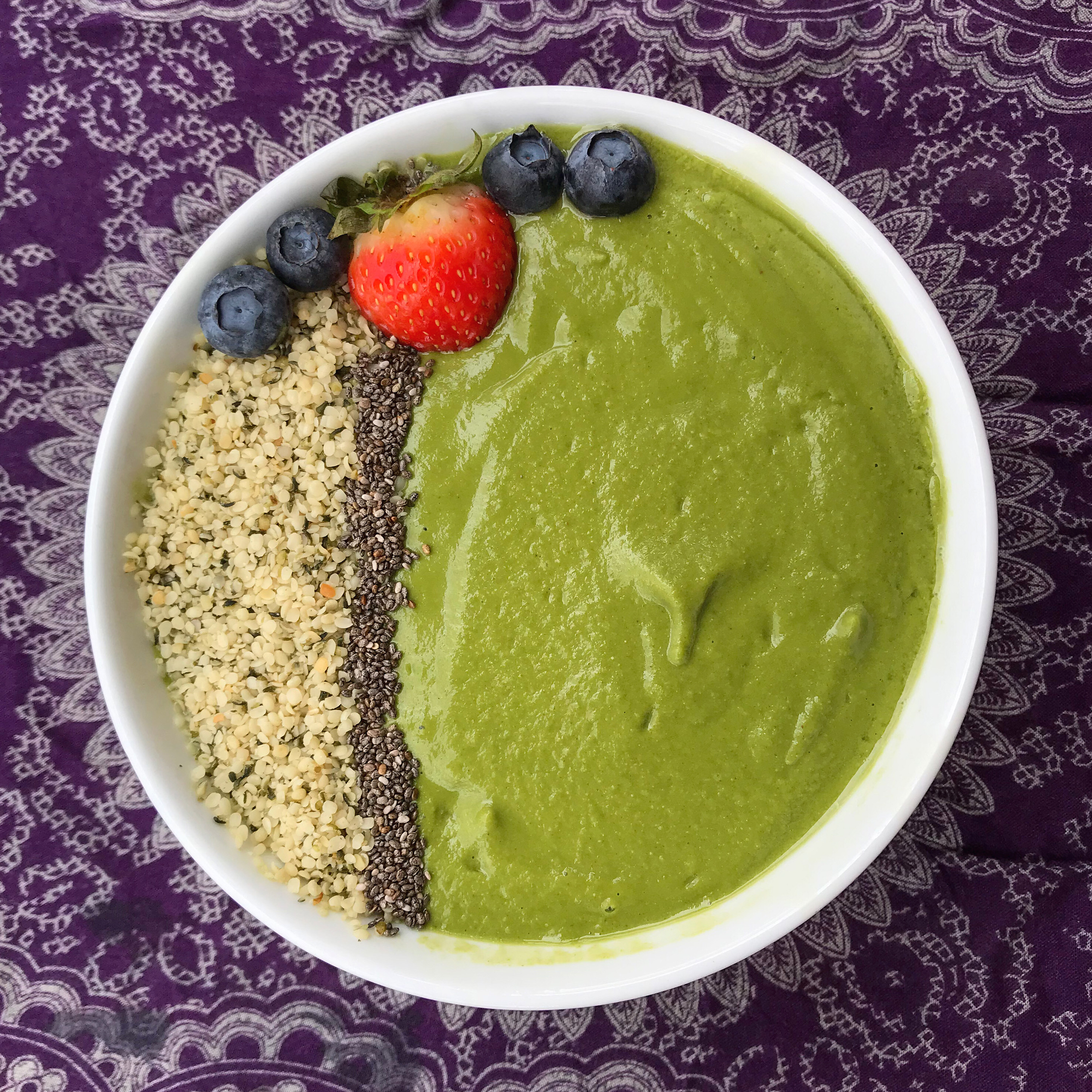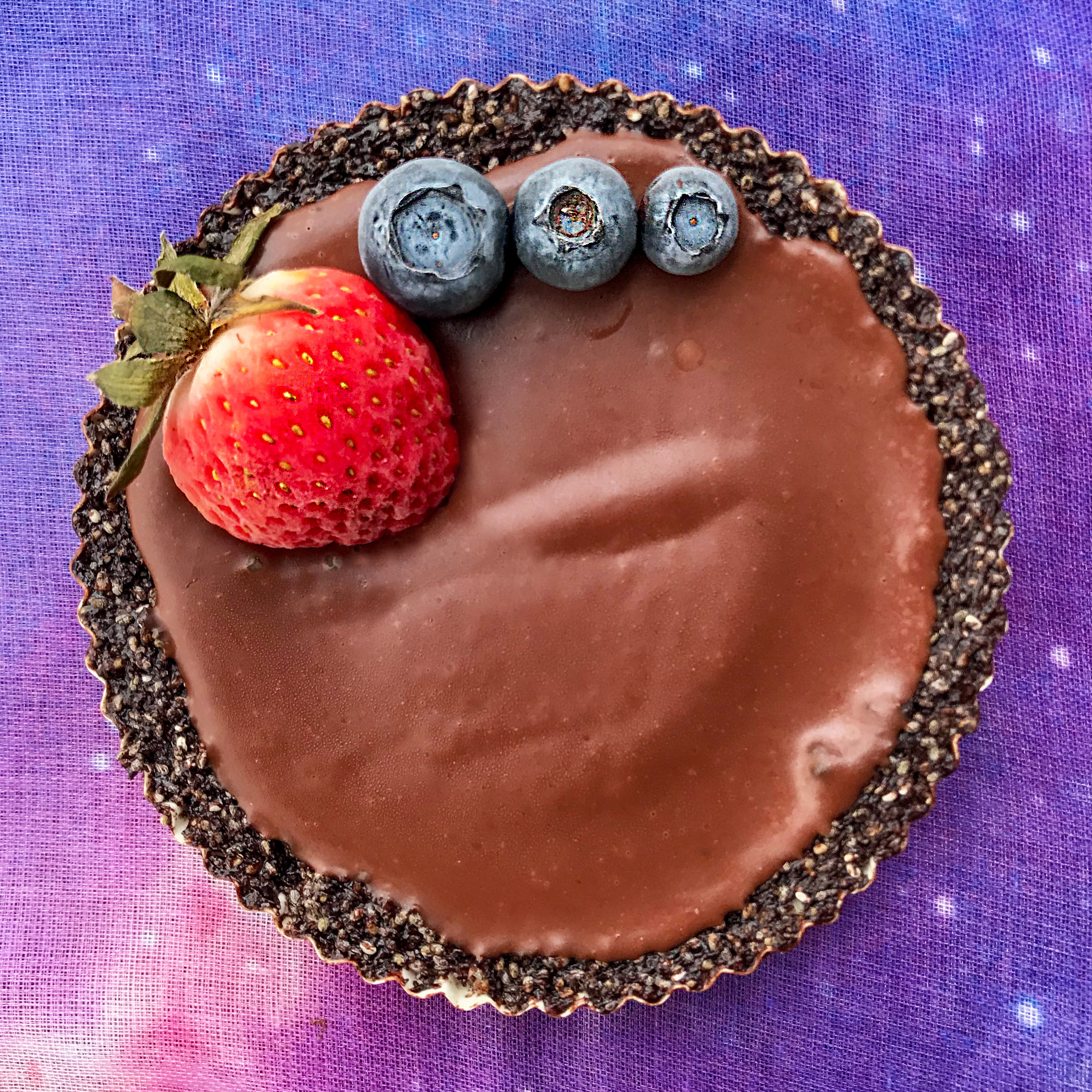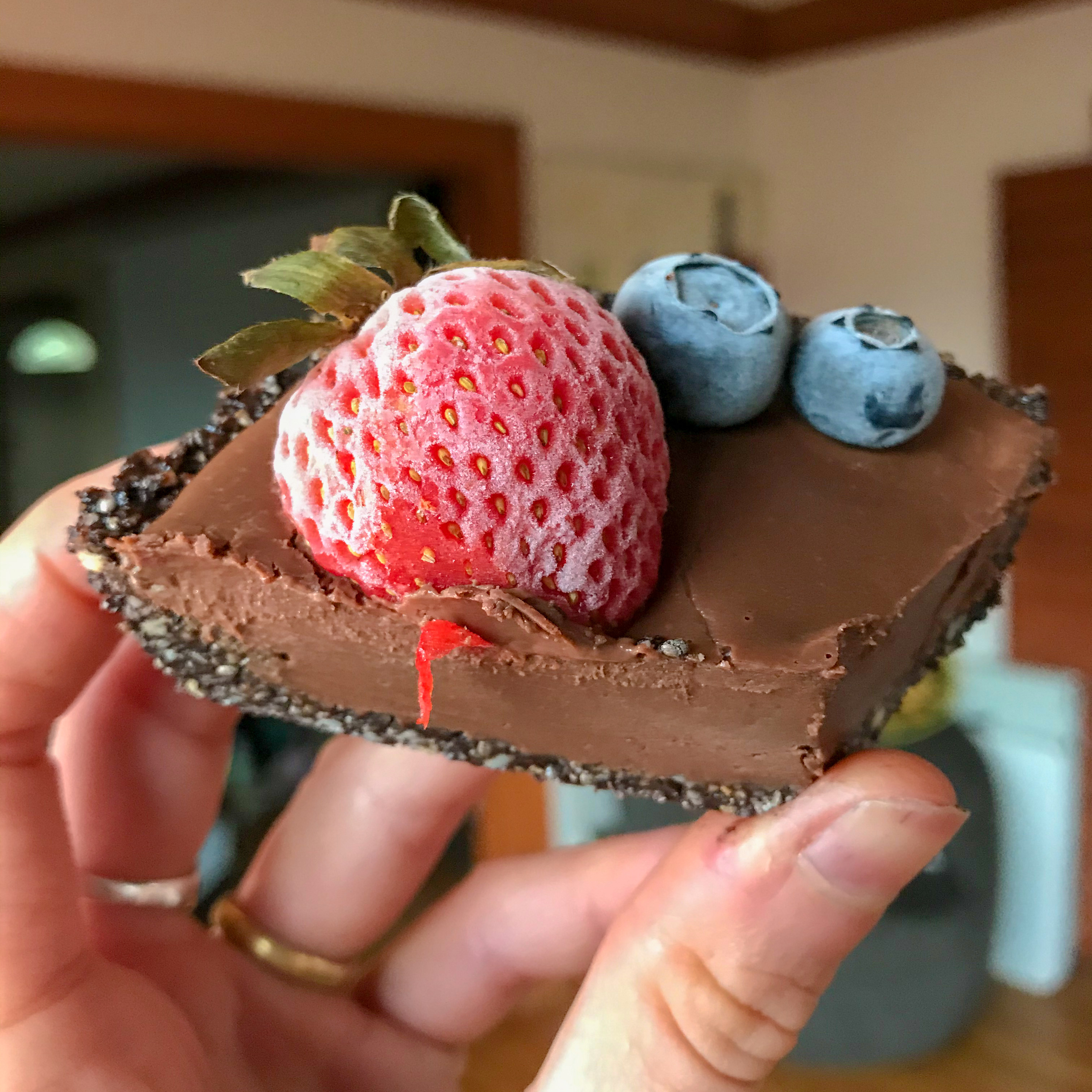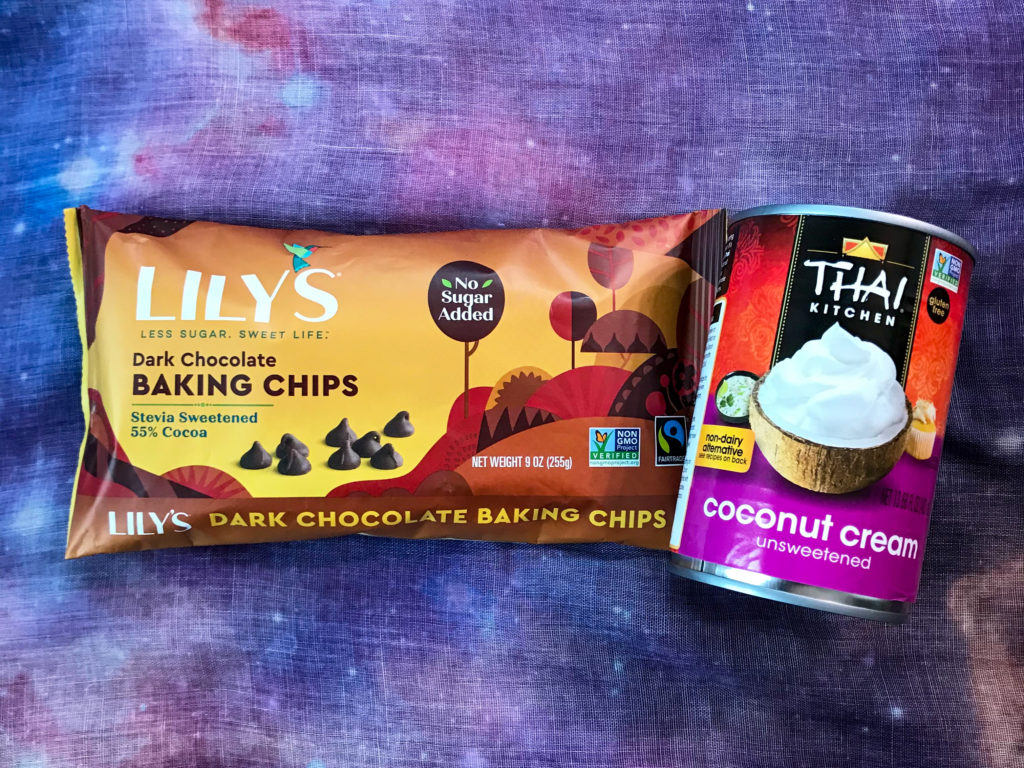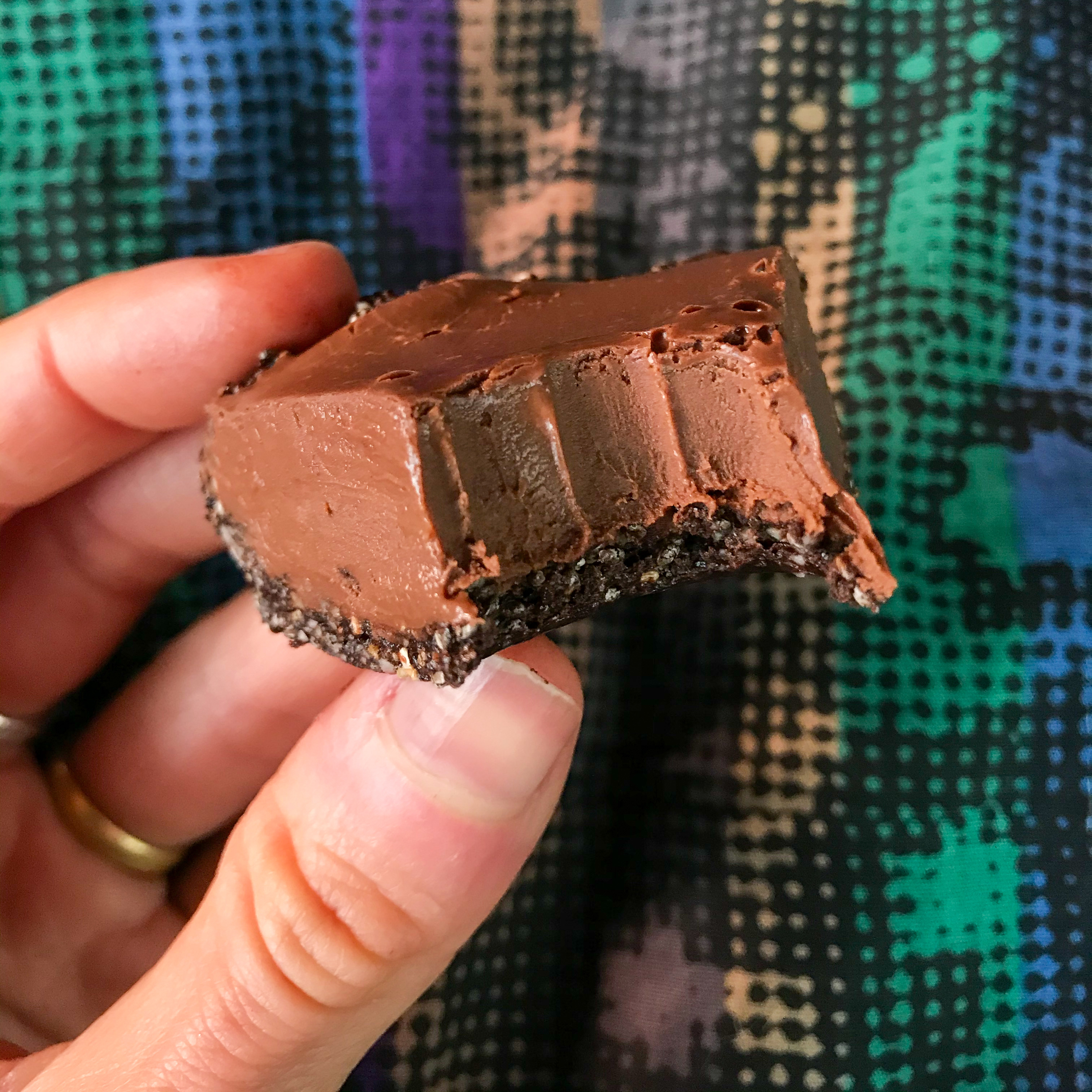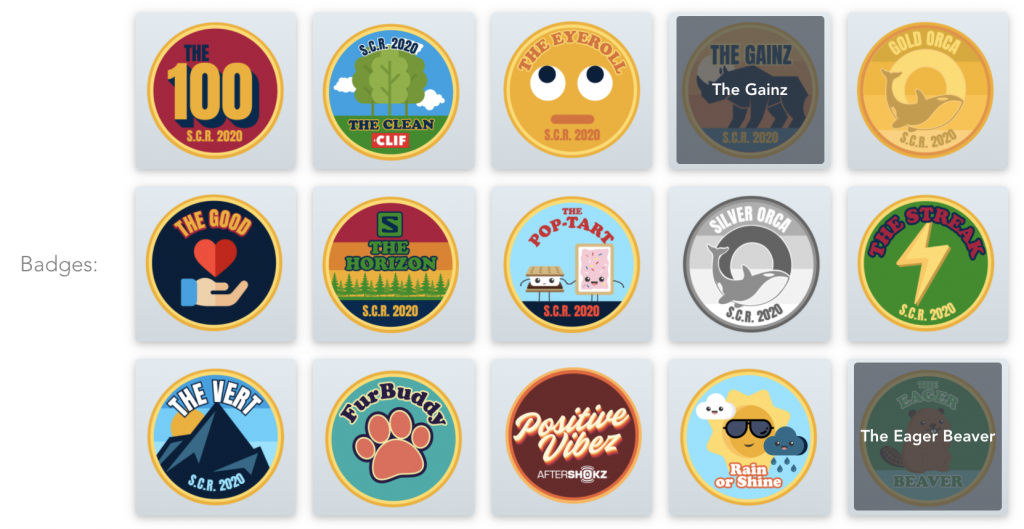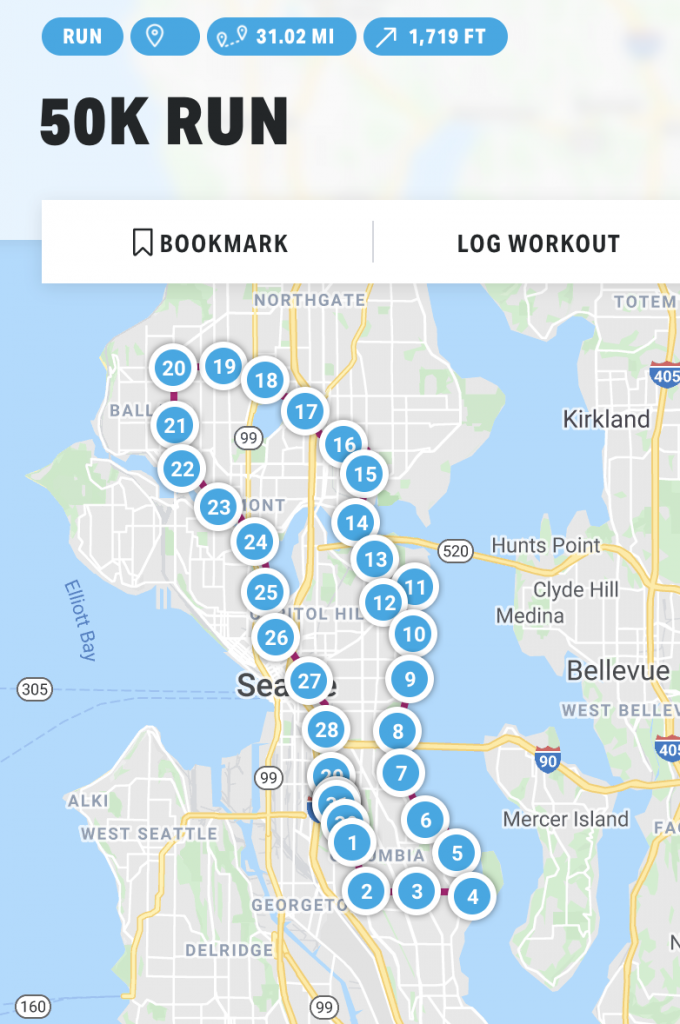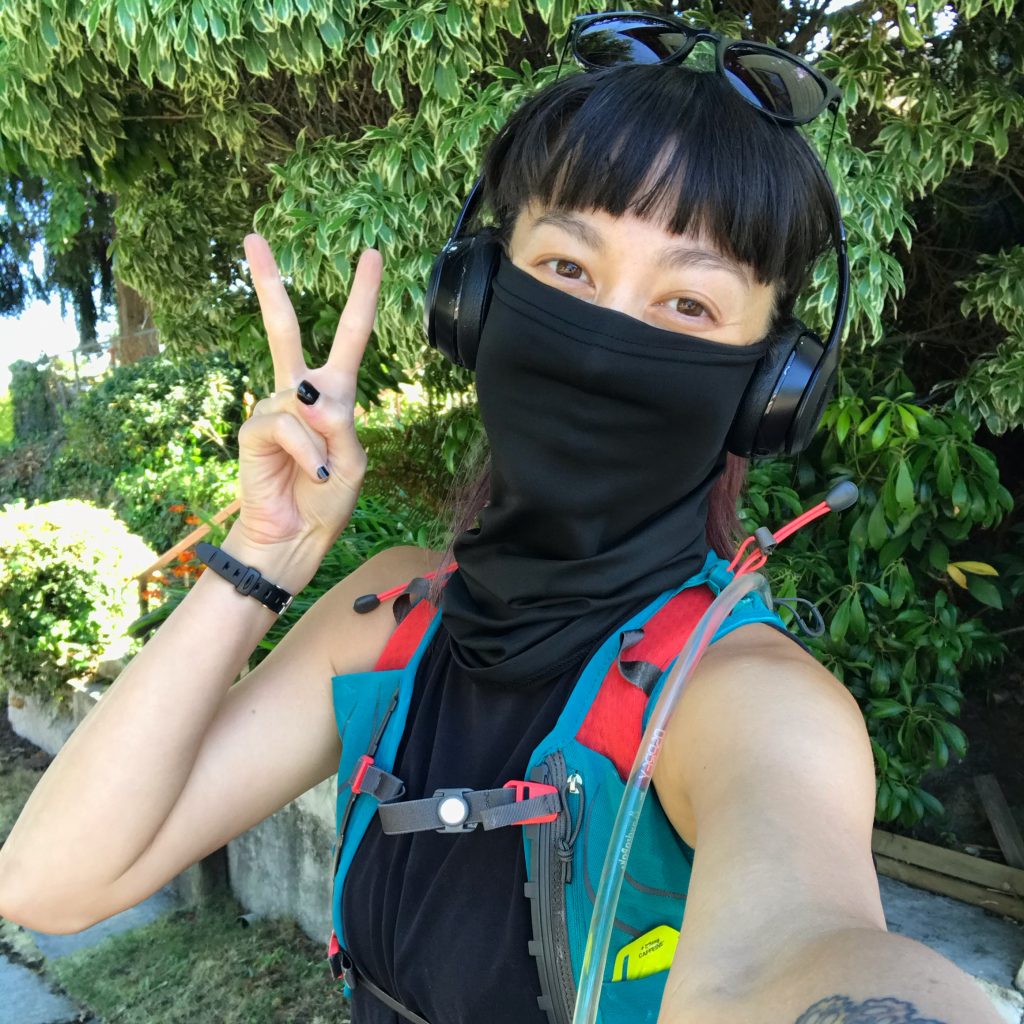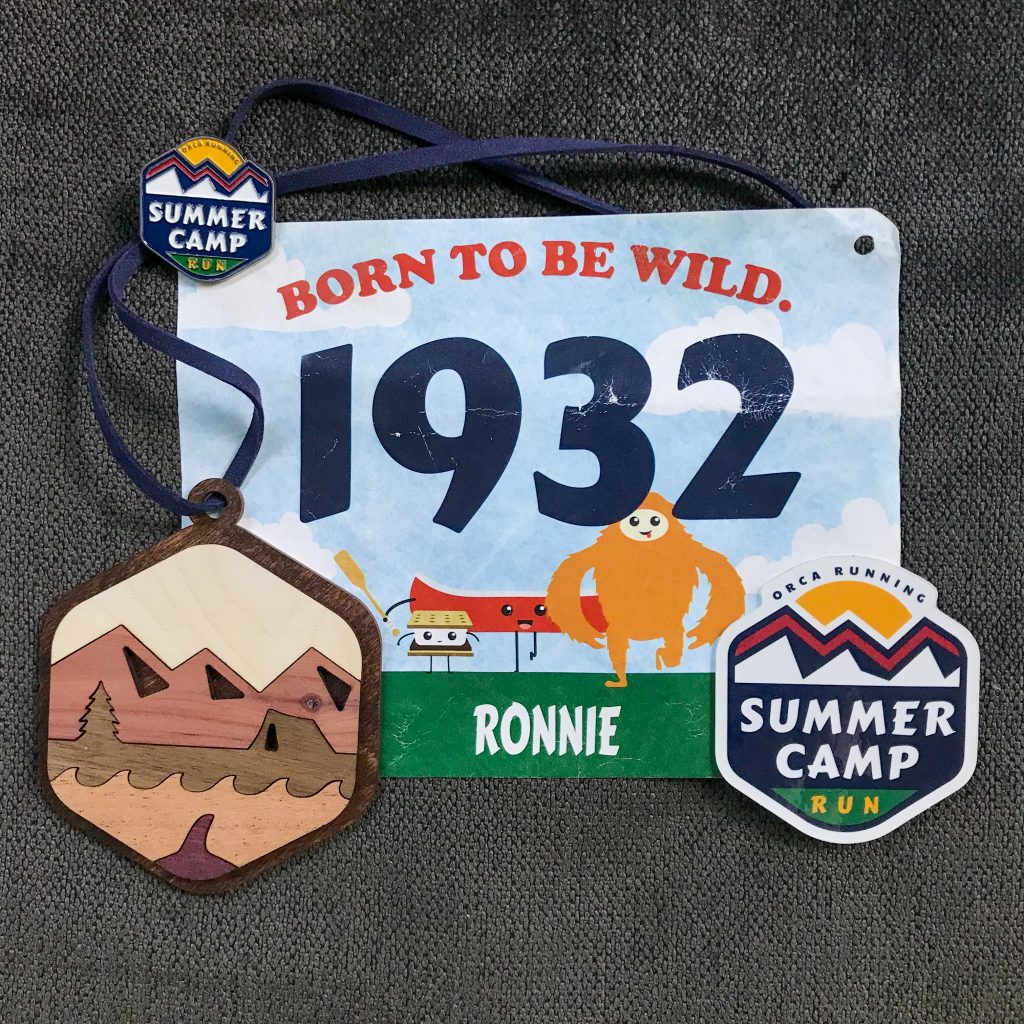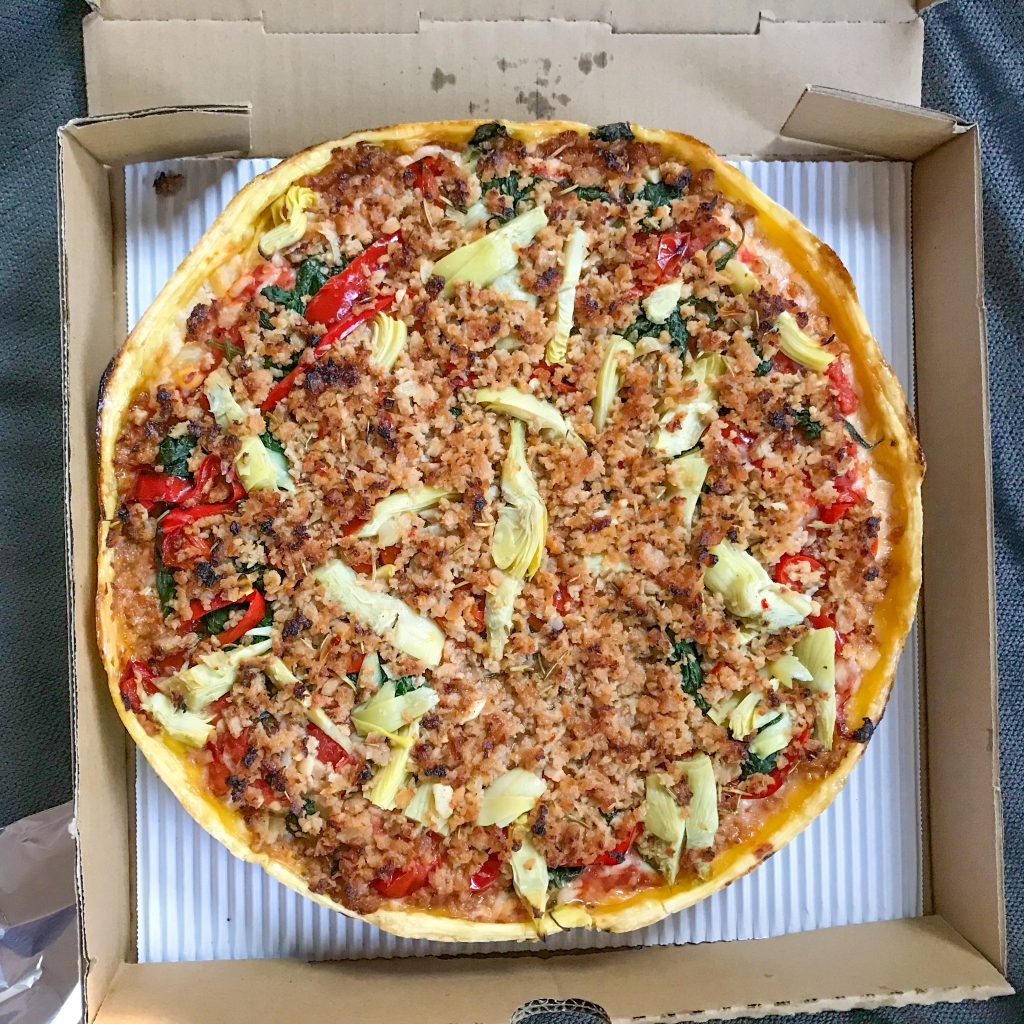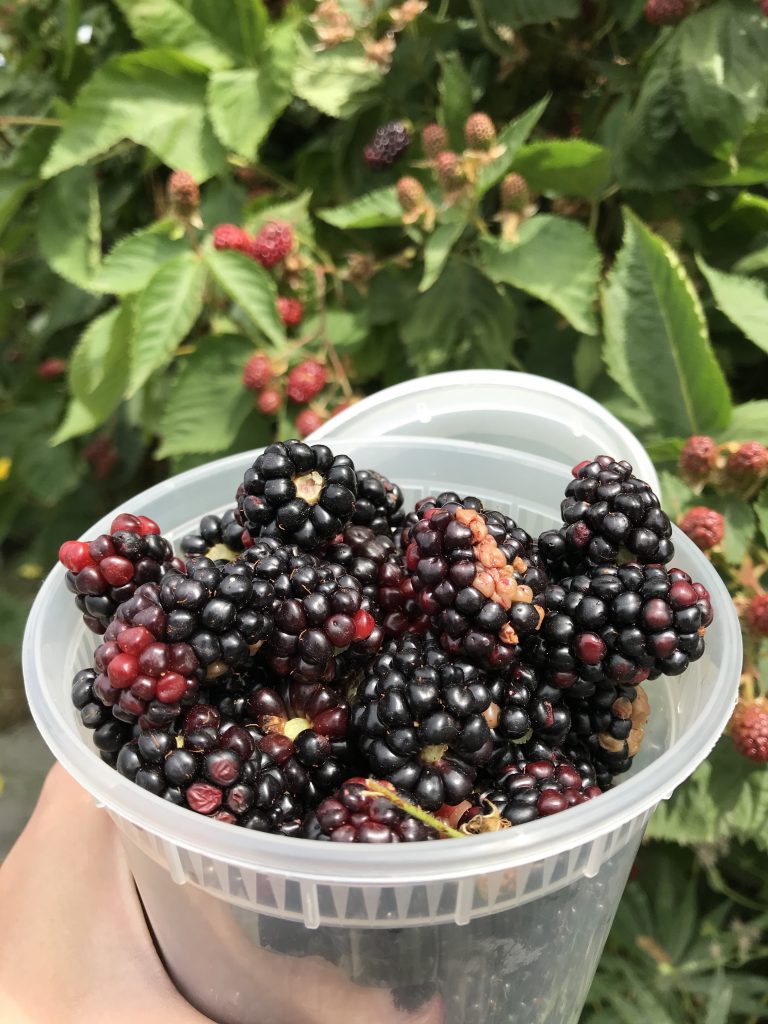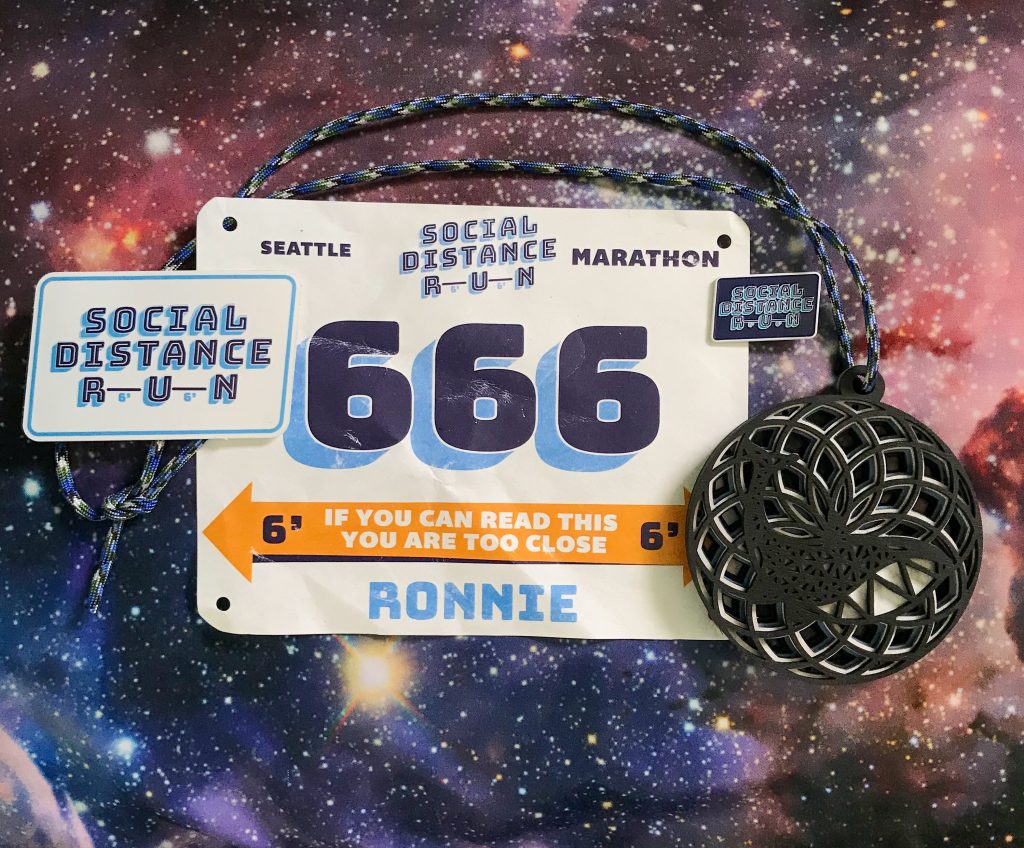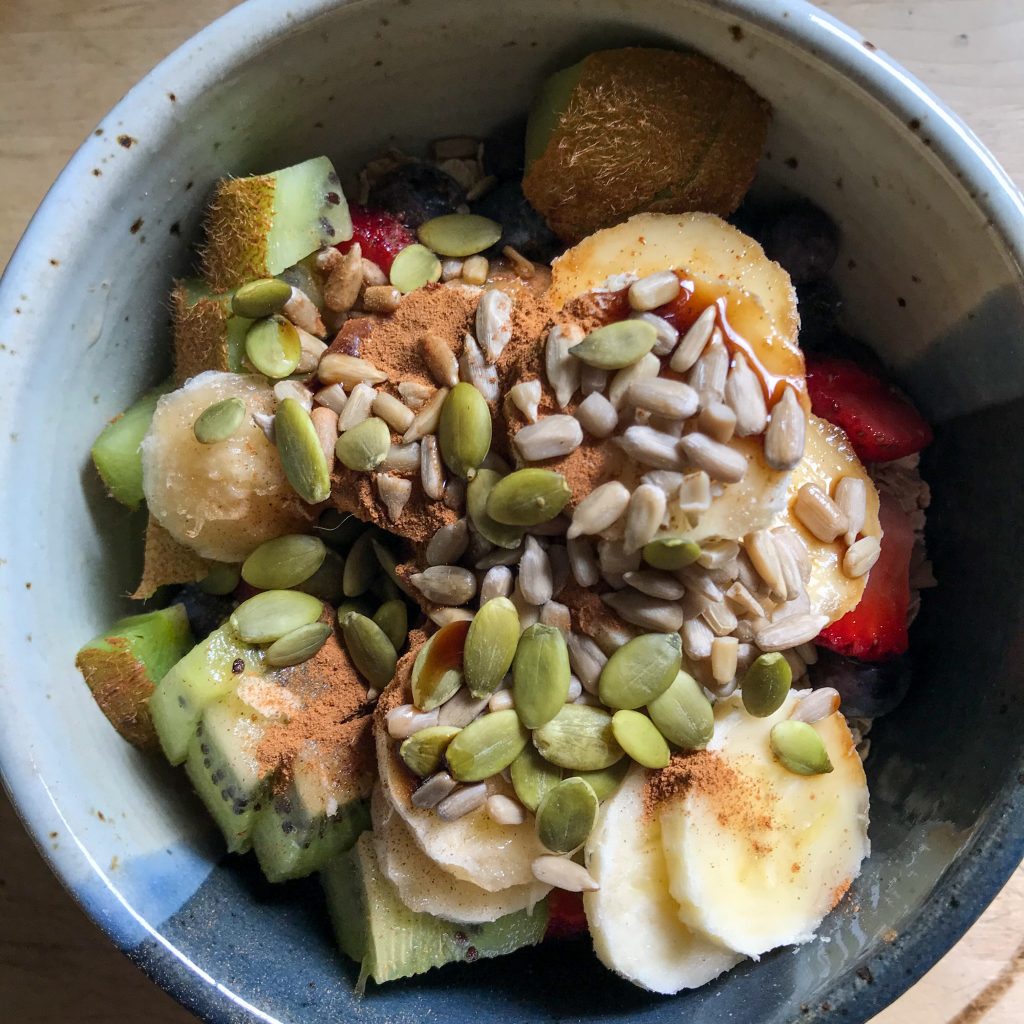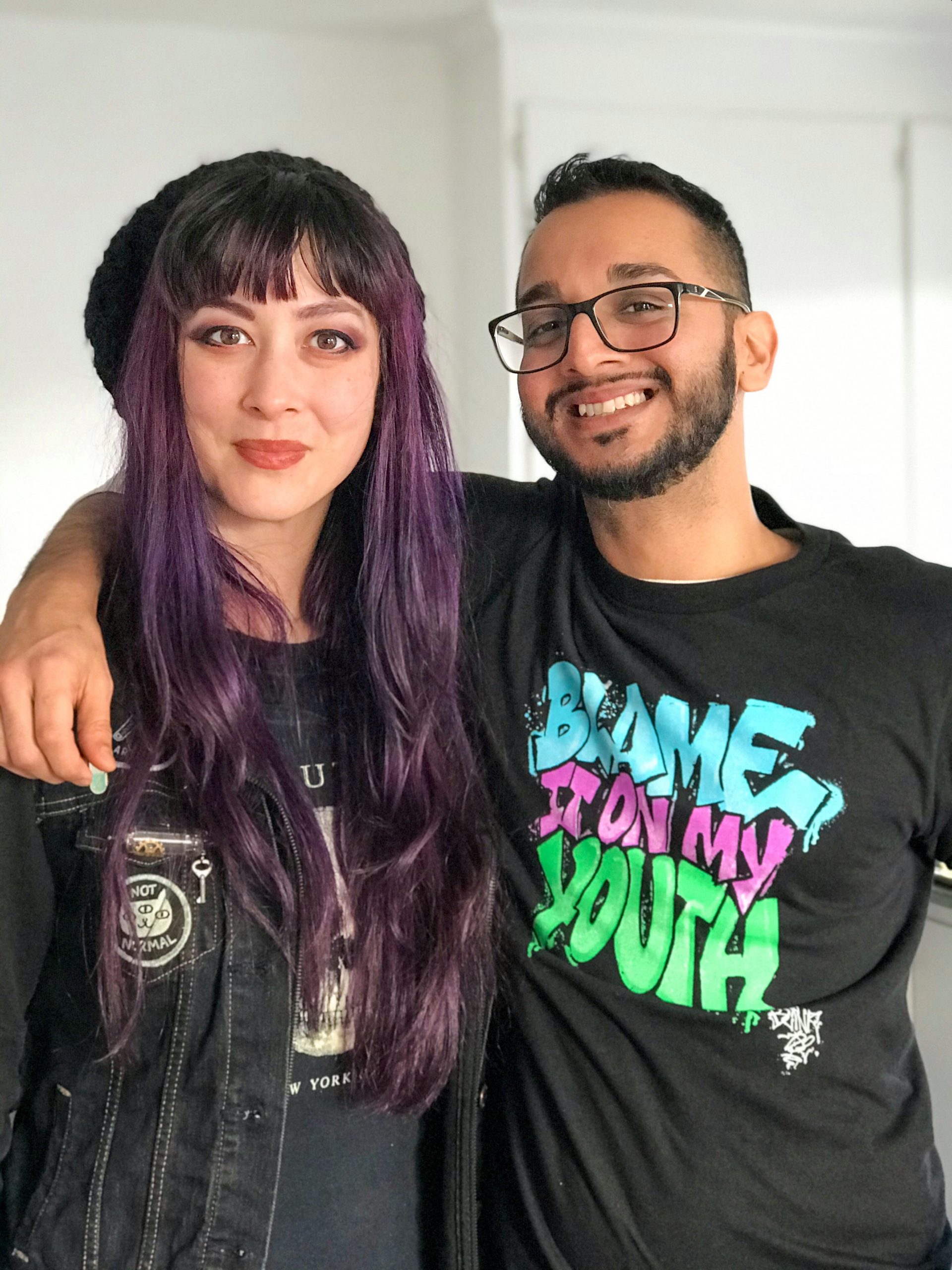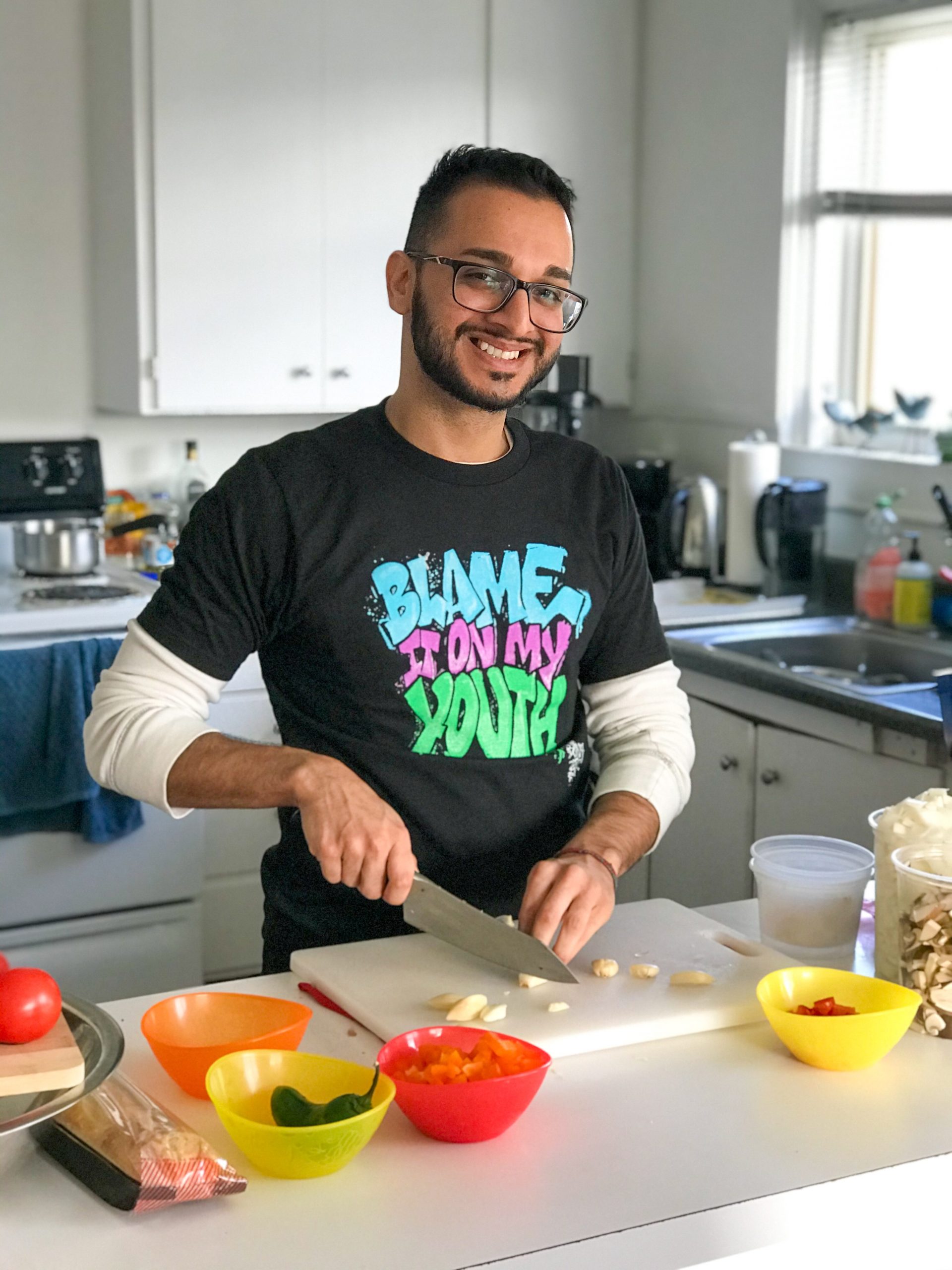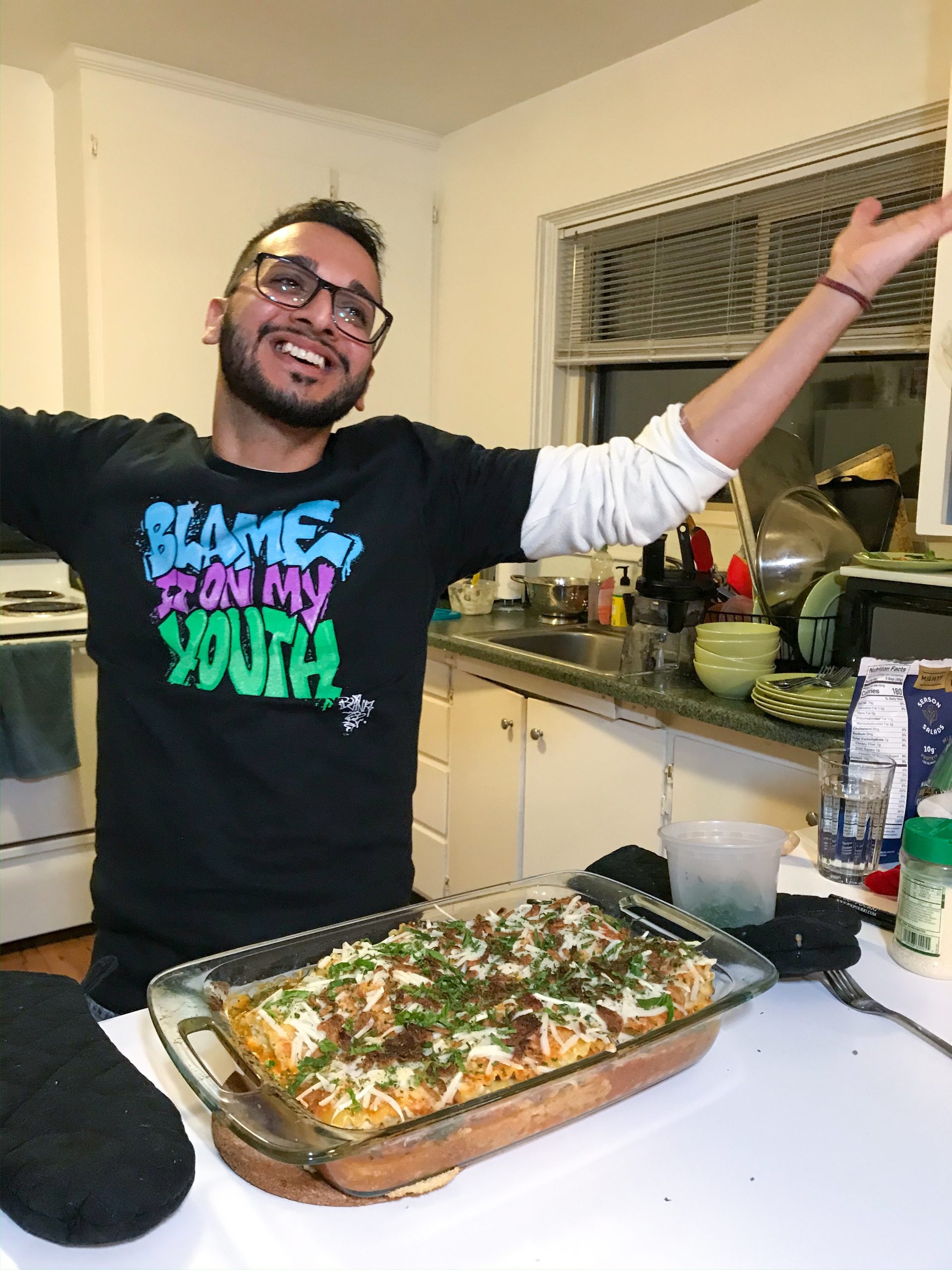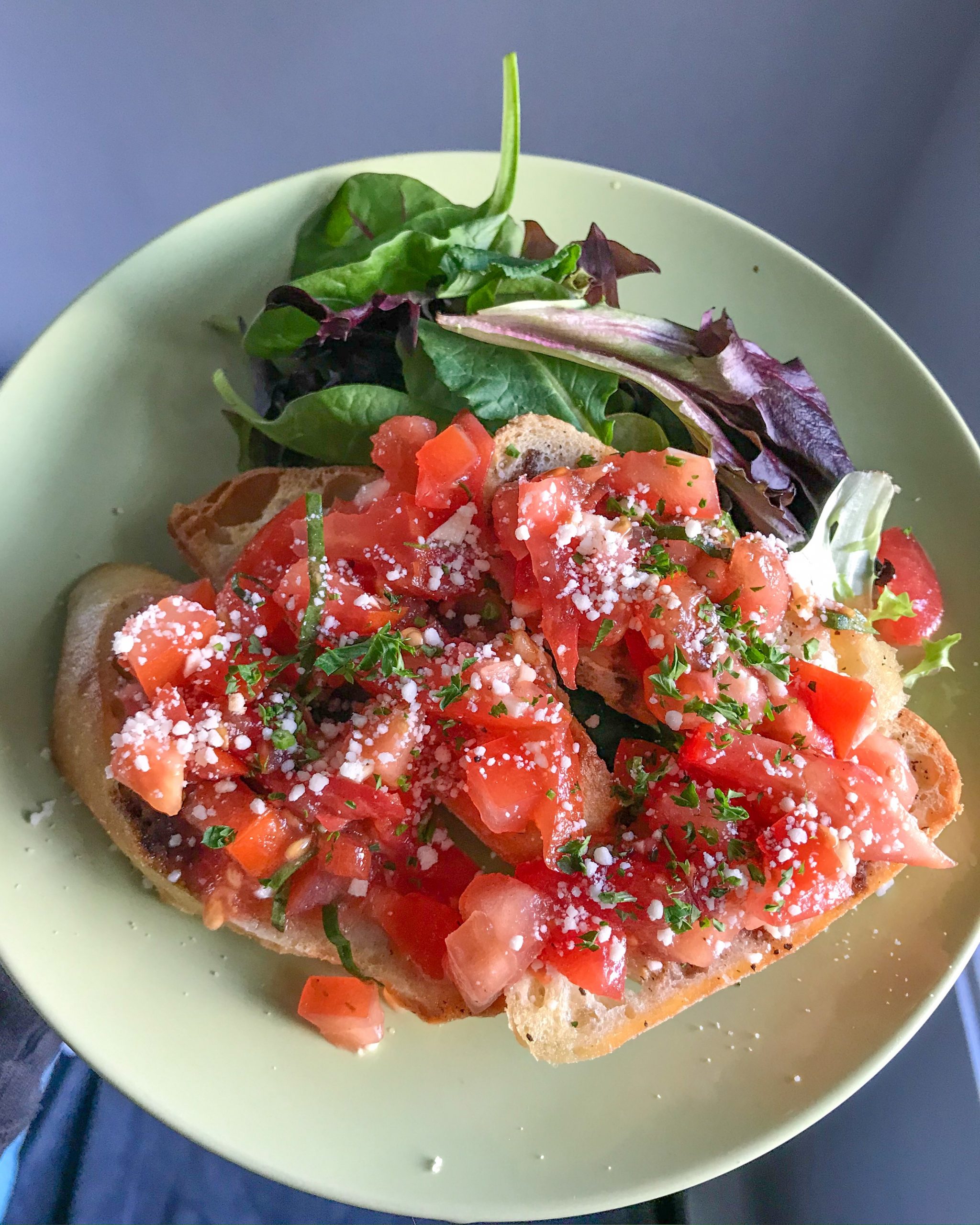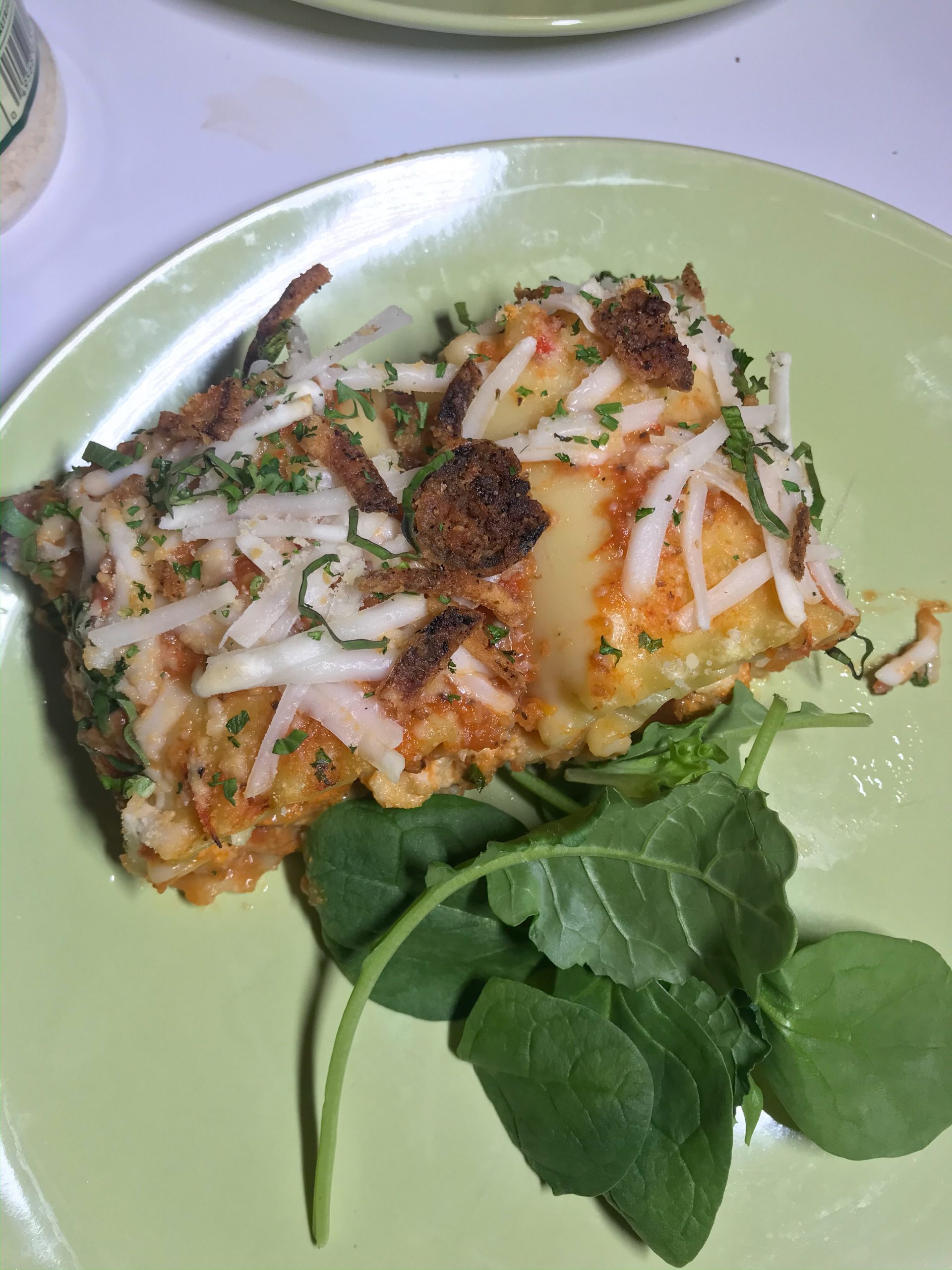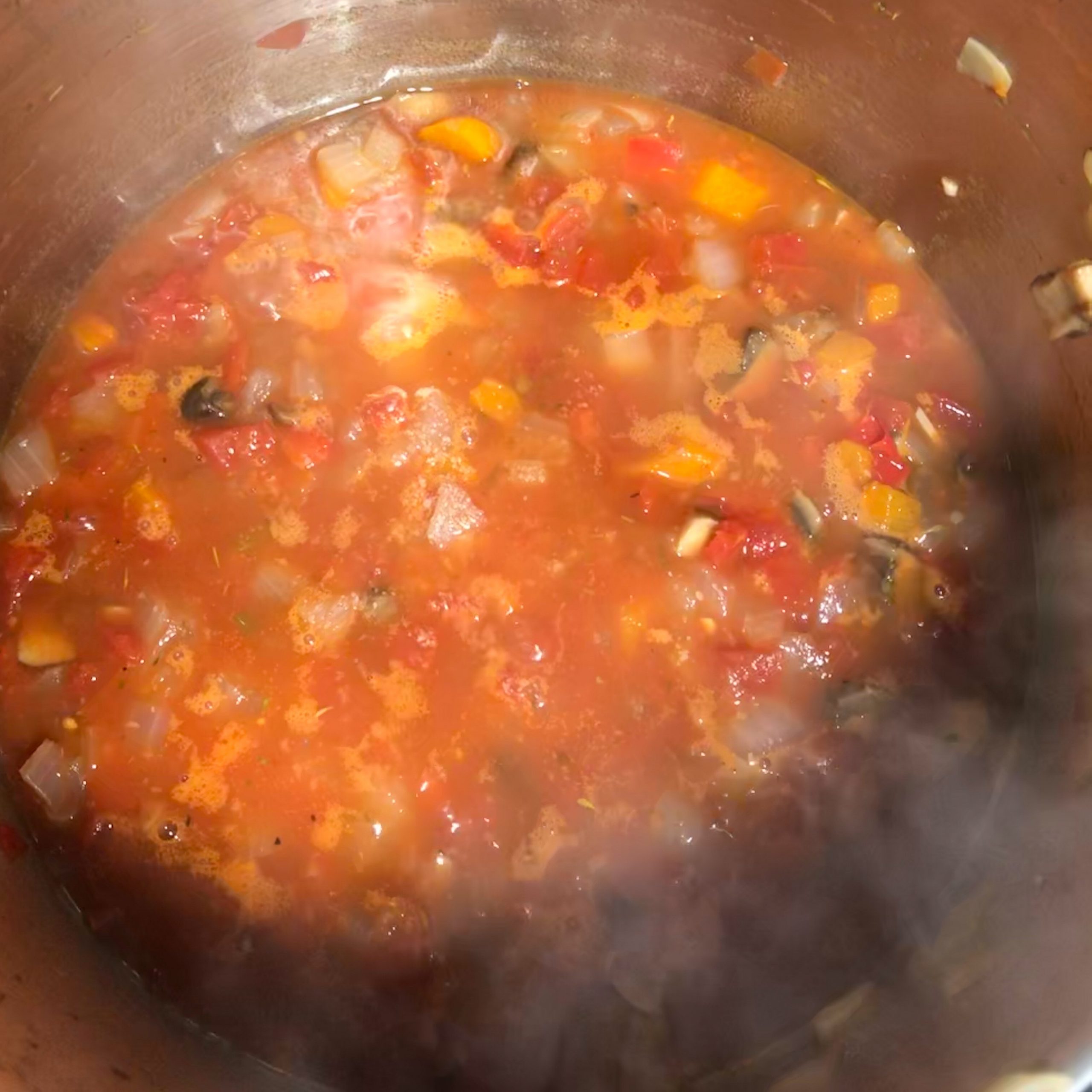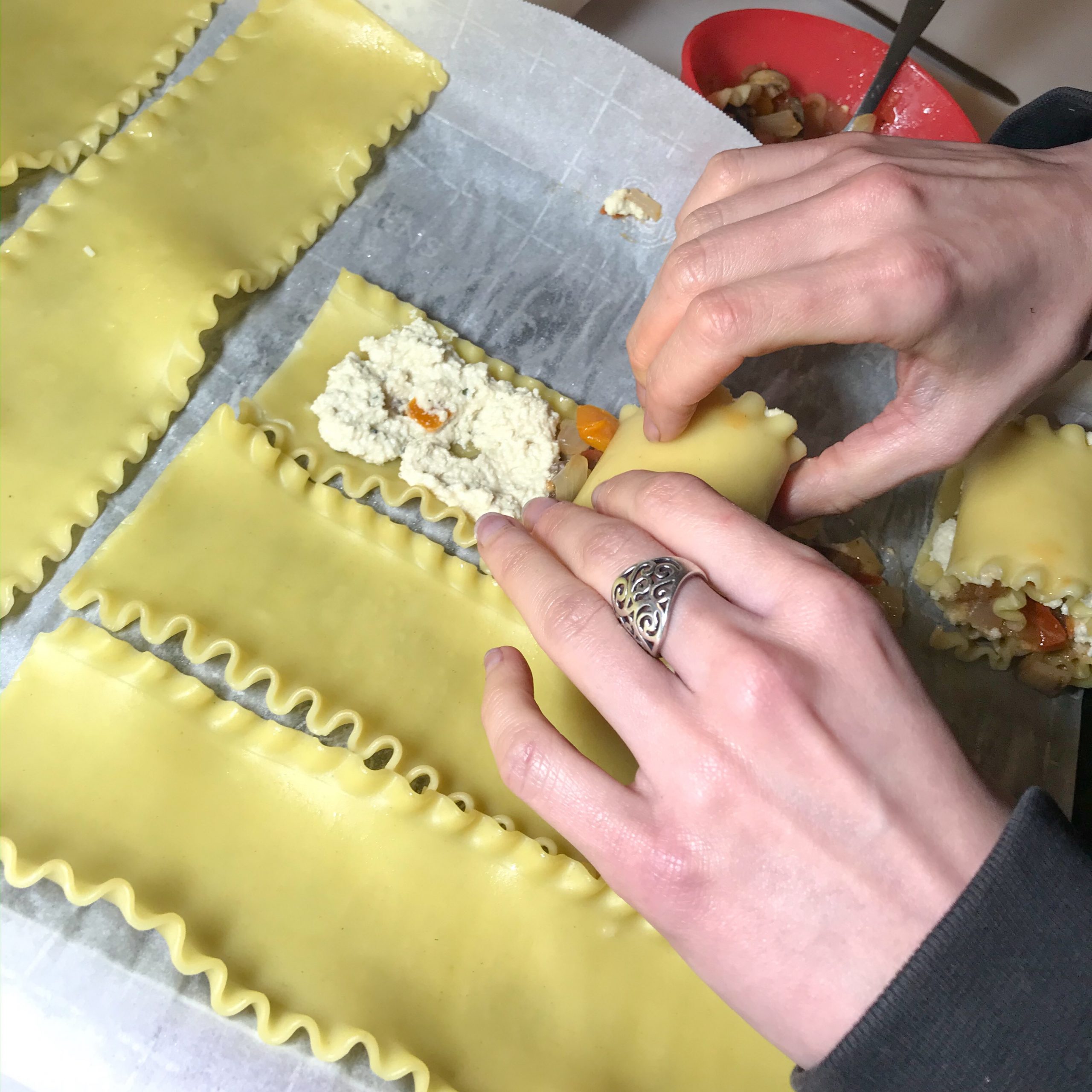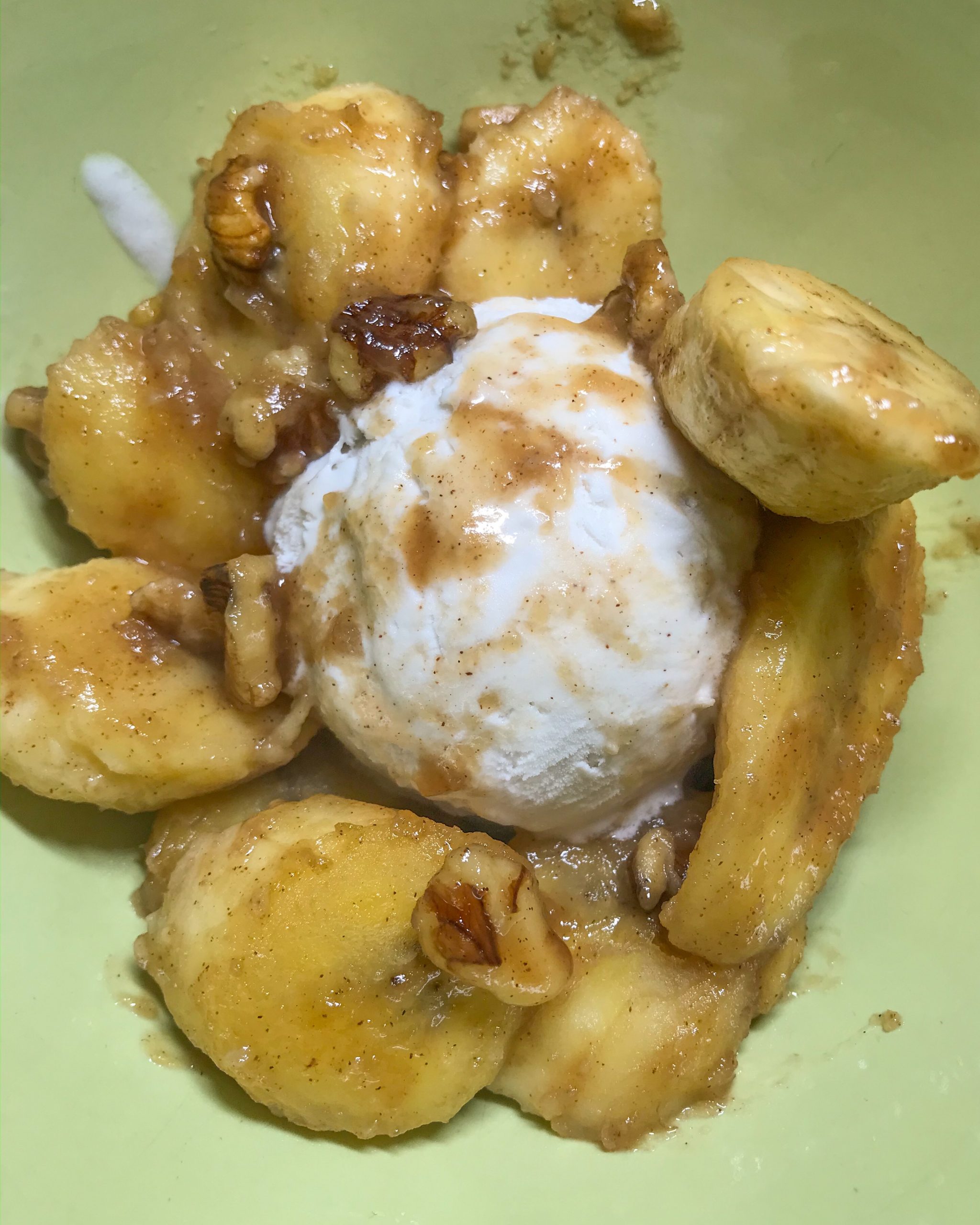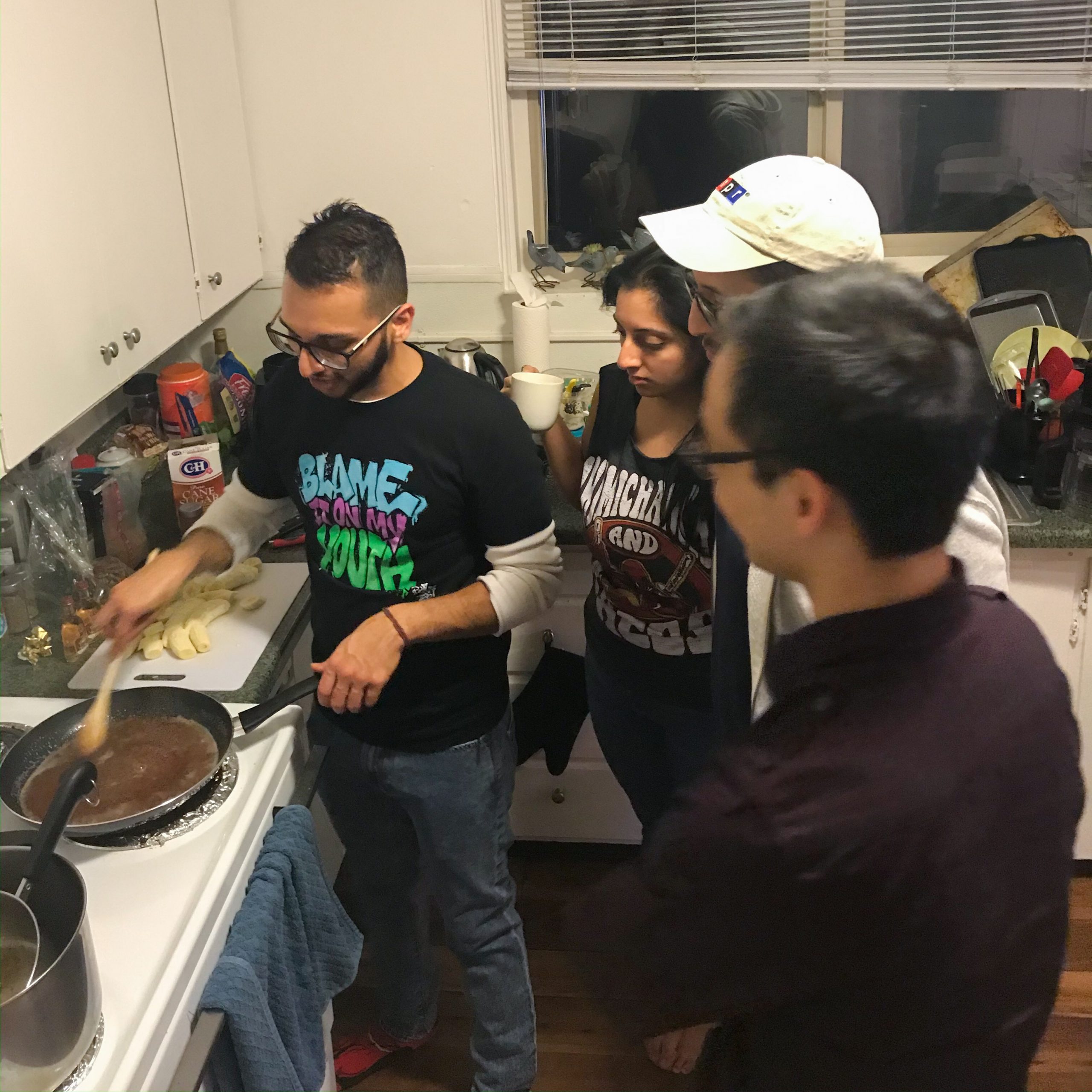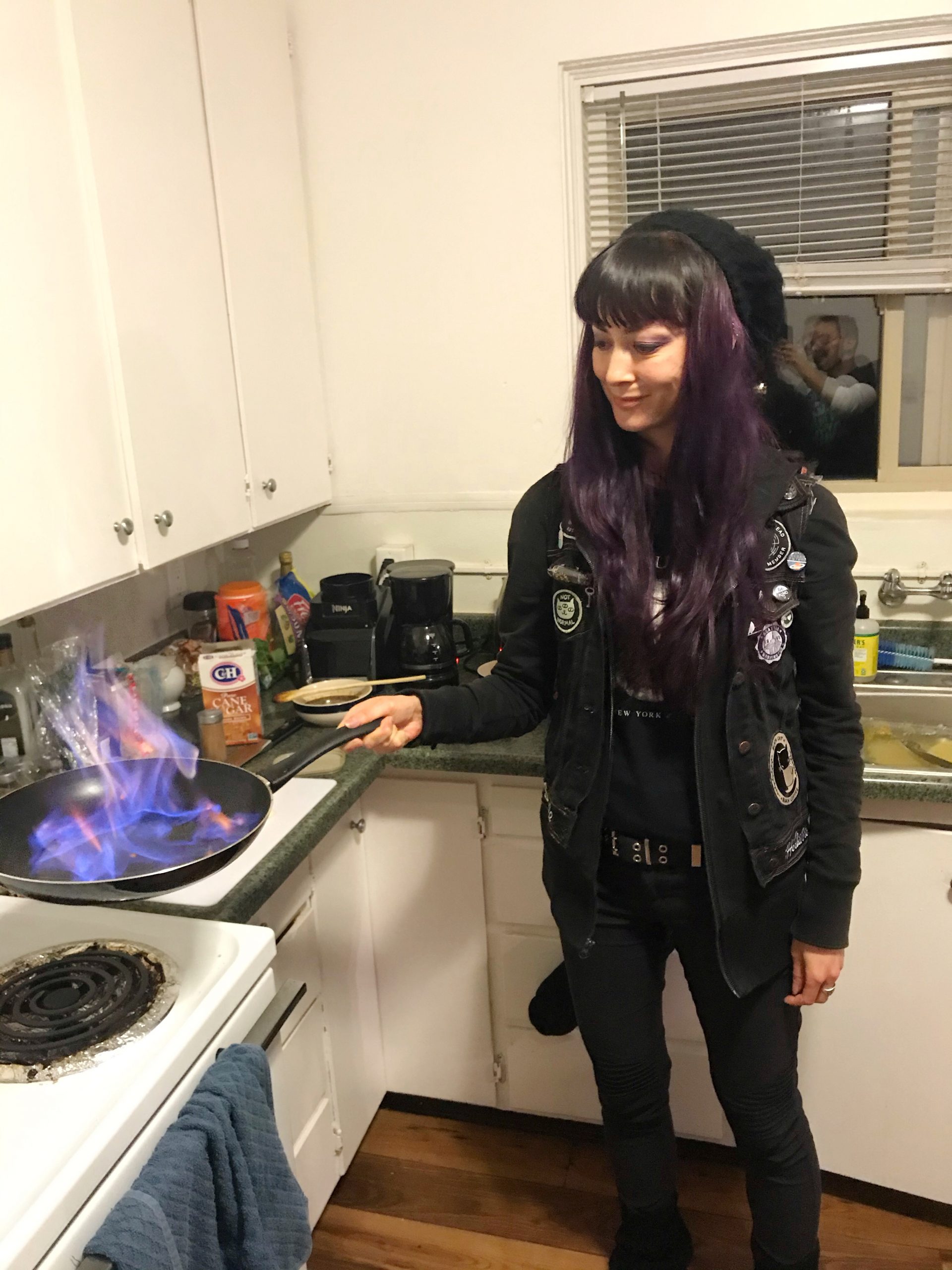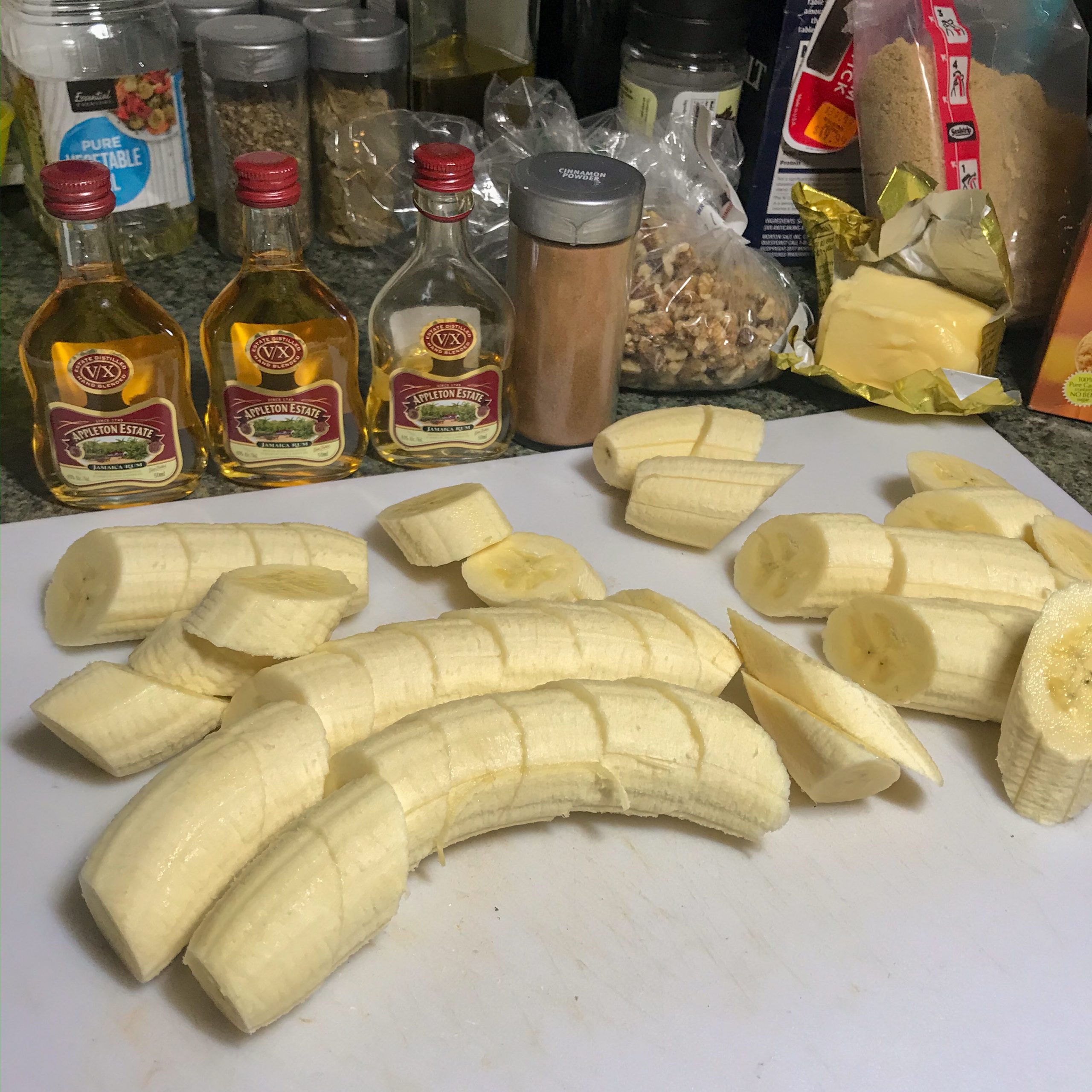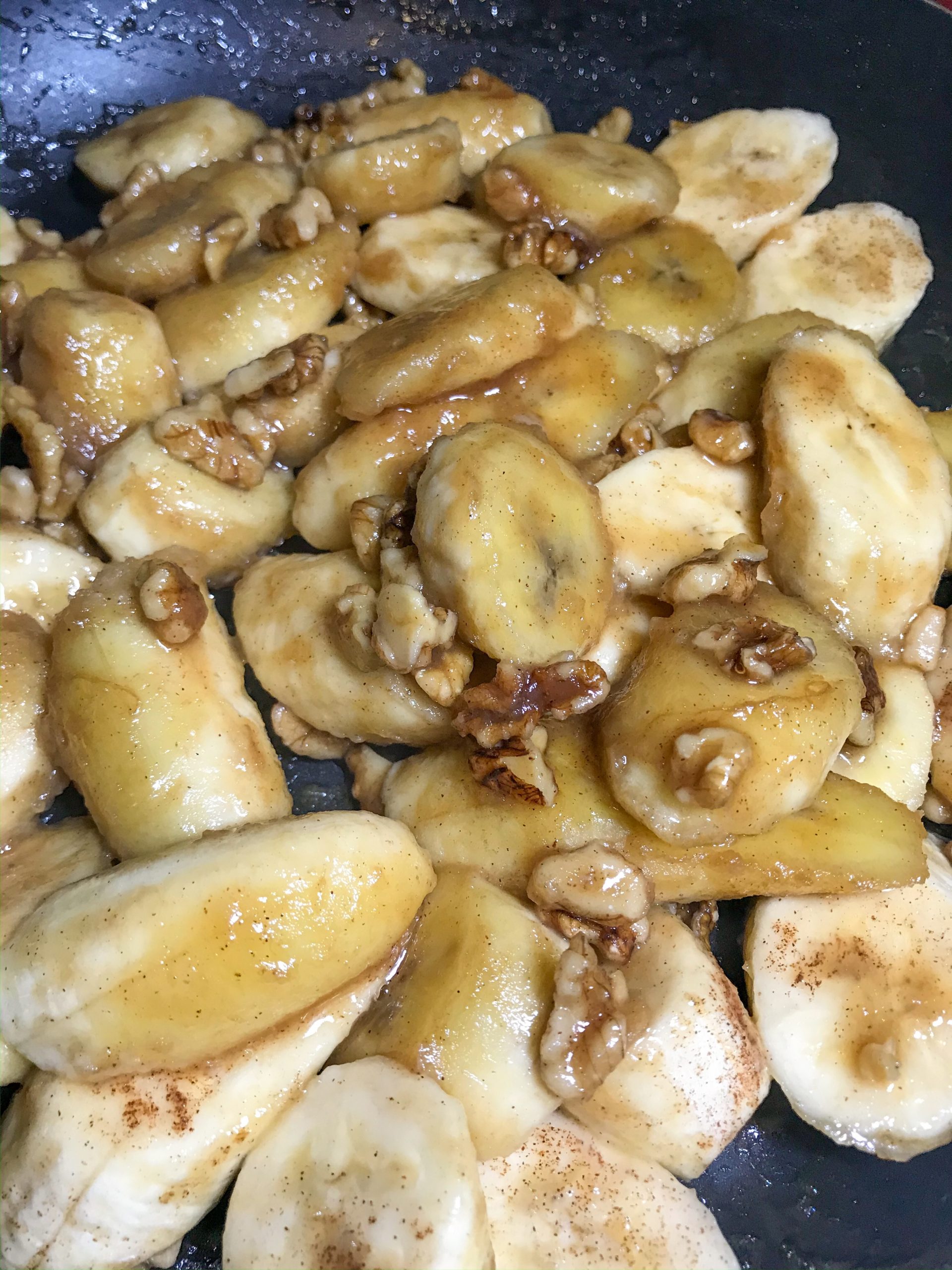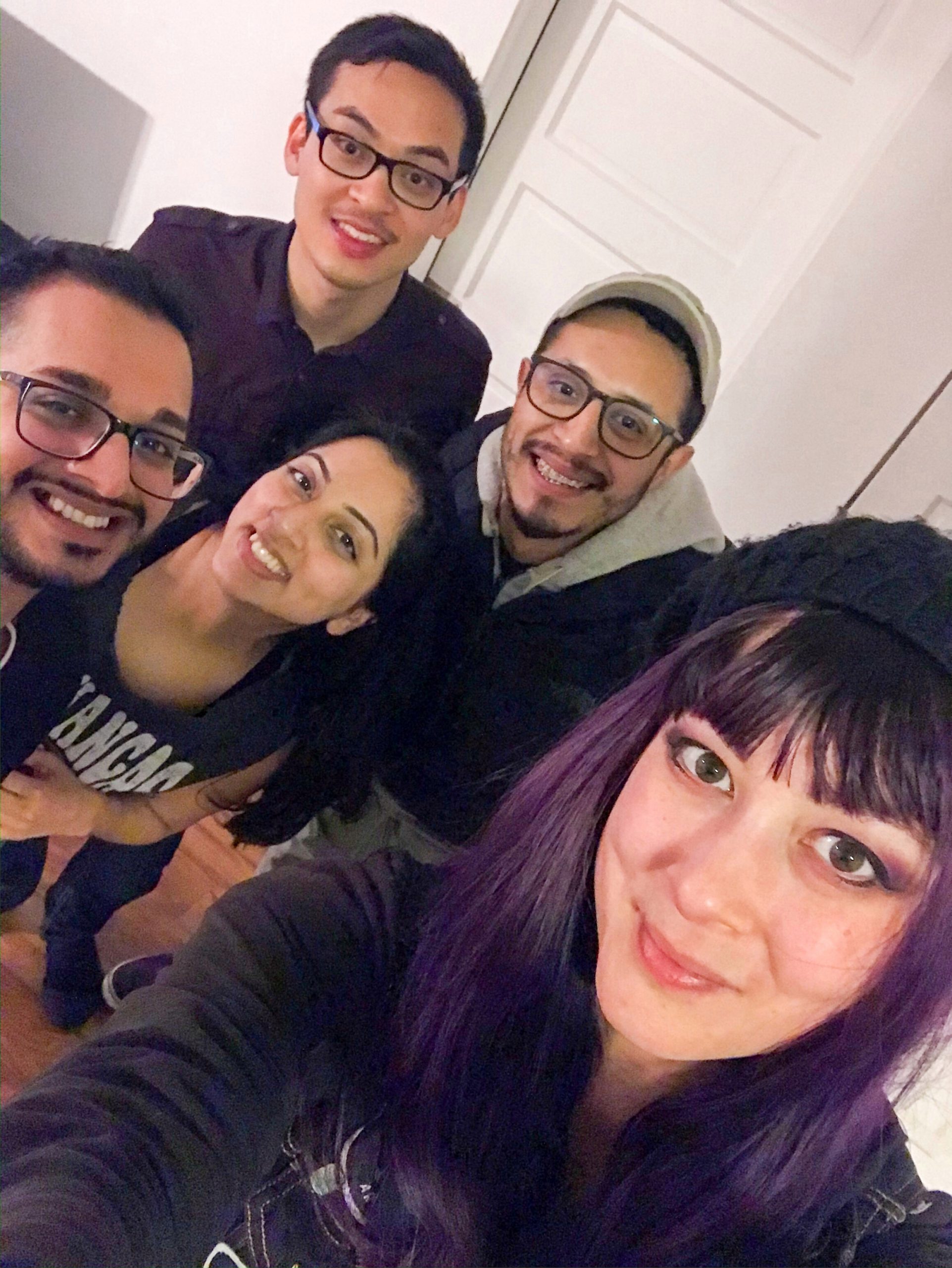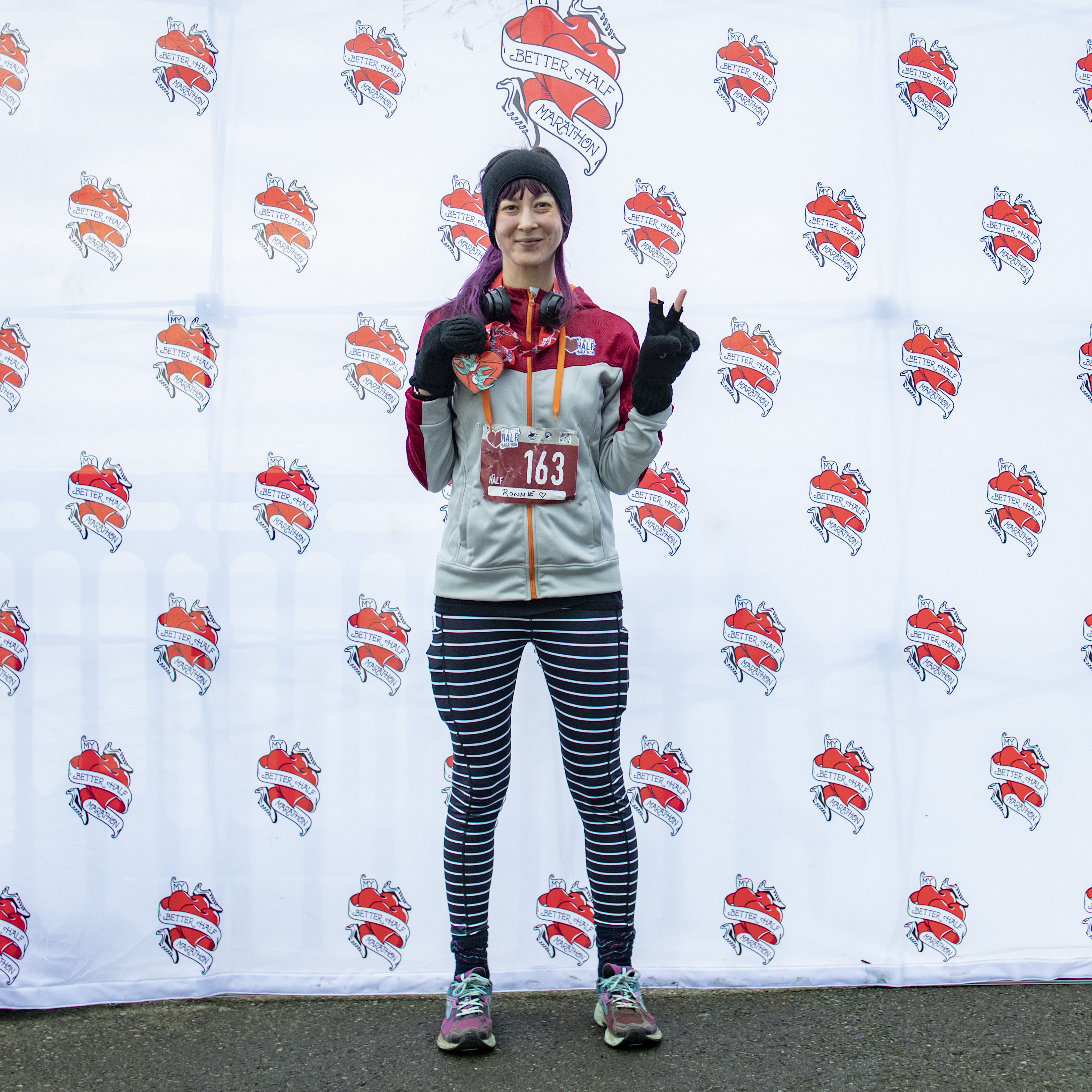Training for the 2021 virtual Boston Marathon

I’ve been running for over 20 years. It’s a sport that has kept me going during the best and worst times in my life. Running gave me an anchor to come back to. It has always tested my limits as I pushed through resistance, and it fostered a new strength and clarity as I worked through my Complex PTSD.
In addition to many half marathons and 10k’s, I ran my first full marathon in 2008, my second in 2016, and my third in 2018. Then in 2019 – 2020, I ran a total of six marathons and that one 50k ultra in a span of 14 months. It was a lot. Doing that many races had eventually forced me to honor my body’s requests for rest. And so, for the first time in 20 years, I took a break for many months.
I’ve considered trying to qualify for the Boston Marathon. For my age group and gender, the minimum qualifying time is 3 hours and 30 minutes, which is about an 8-minute mile for 26.2 miles. I could run an 8-minute mile on a really good day, but sustaining that pace for that distance has always been a challenge.
Boston offers a virtual option for 2021
The Boston Marathon is one of the most prestigious races in the world. It’s so highly regarded that runners have to qualify in order to participate. This year, qualifying for the Boston in-person race has limited the number of participants to 20,000 because of the pandemic–which has raised the stakes. For 2021, runners who were 7 minutes and 47 seconds faster than the minimum qualifying times made it in.
For the first time ever in race history, the Boston Marathon also offers a virtual race for 2021. Participants can run that distance any time in October 8-10. A virtual marathon is where you run 26.2 miles on your own and use a GPS to record the distance. Then you upload your results where the race organization tells you to. This one doesn’t require a qualifying time, so anyone who is interested can register for the event.
The difference is that the virtual Boston race doesn’t count as an Abbott World Major, which is a group of the six most famous marathons in the world: Boston, New York, Chicago, London, Tokyo, and Berlin.
It also isn’t clear if this virtual race is offered because of the pandemic, or if it’s something that will happen again in the future. Because of this uncertainty, I jumped on the opportunity to run the virtual Boston Marathon–just in case it’s a one-time event. This would be my tenth full marathon. It would also be so cool to collect that coveted unicorn finisher’s medal.
The running tools I’m starting with this time
This is a new training cycle after taking a break for months. With this clean slate, I started off with a couple of things.
The perfect shoes for a cosmic health goth

I got new shoes! This pair is the Brooks Ravenna VI model; I’ve been getting these shoes for 14 years now.
In high school, I kept getting shin splints. The arches of the feet naturally pronate, which means they roll in a little bit to absorb the shock of each step. My feet over-pronate, which means they roll in too much. This puts more stress on the shins, which can cause a common running injury called shin-splits. After analyzing my foot strike, my former running coach suggested the Brooks Ravenna shoe, combined with Spenco inserts for additional support for my arches. I haven’t had the shin splints since! (Blogger’s note: I’m not sponsored by either Brooks or Spenco. My coach suggested what would work for my injury, and I haven’t looked back since.)
The Brooks shoes aren’t cheap–they run anywhere from $100-$200. To save money, I always go onto E-bay and get a gently worn pair that still has a lot of life left. (Always check the photos and inspect the conditions, especially the treads.) The pair I got above was selling for $30, plus E-bay had a $10 promotional coupon–which meant that I got these shoes for $20!
An effective training program for a busy life
I’ve always turned to Hal Higdon’s marathon training programs. As long as you follow the weekly mileage and long runs, the plans are fool-proof. The last marathon training program I used was Advanced 1, when I had more time to train. Lately, I’ve been quite a busy bee: I commute three hours a day to and from work outside of Seattle, plus I’ve been taking a writing class. It doesn’t leave much time after work to do classwork, work out, or prep for the next day. So, I picked the easiest plan this time: the Novice Supreme. There’s no shame in doing the easiest program to fit a busy schedule.
Since I’ve been getting back into running, I needed to start from the beginning. (Ninety percent of my endurance was lost!) This time, I’m also supplementing the running with high-intensity interval training (HIIT) several times a week in order to strengthen my muscles. Stronger muscles might mean a faster finishing time than my previous virtual races.
I may also hike one of the numerous trails around Seattle as cross-training. Being in nature is good for the soul anyway.
The body remembers what you’ve put it through. Because I’ve been running for most of my life, my body quickly bounced back into the flow. Running up the steep hills took my breath away as I was starting over. But now these hills feel energizing as I charge up to the crest and coast down again.
A hydration pack for hot days

I don’t have a hard rule of when I strap my hydration pack on. My body is good at retaining water, so I generally bring it if I’m running more than an hour. Many people still bring water for any time or distance, whether it’s one mile or a full marathon.
I consume energy gels if my long runs exceed a half marathon distance (13.1 miles). Energy gels provide extra electrolytes and sugars (and sometimes caffeine) for added energy and functioning. Always consume the gel with water.
Spiraling up in life and in health

The rest of what I need to run a virtual marathon will follow as I get further into the training plan.
Honestly, at first, I didn’t feel 100 percent ready to do another virtual marathon. As in many parts of life, you never do feel fully ready for the next big thing. But this virtual Boston Marathon was really calling to me.
I also want to enjoy my new life chapter–with another marathon in the works. I’ve been eating very clean. (I’ll post more recipes in the future.) My content writing career has really taken off. My partner, our cat and I make a happy space goth family. Things really are falling into place.
